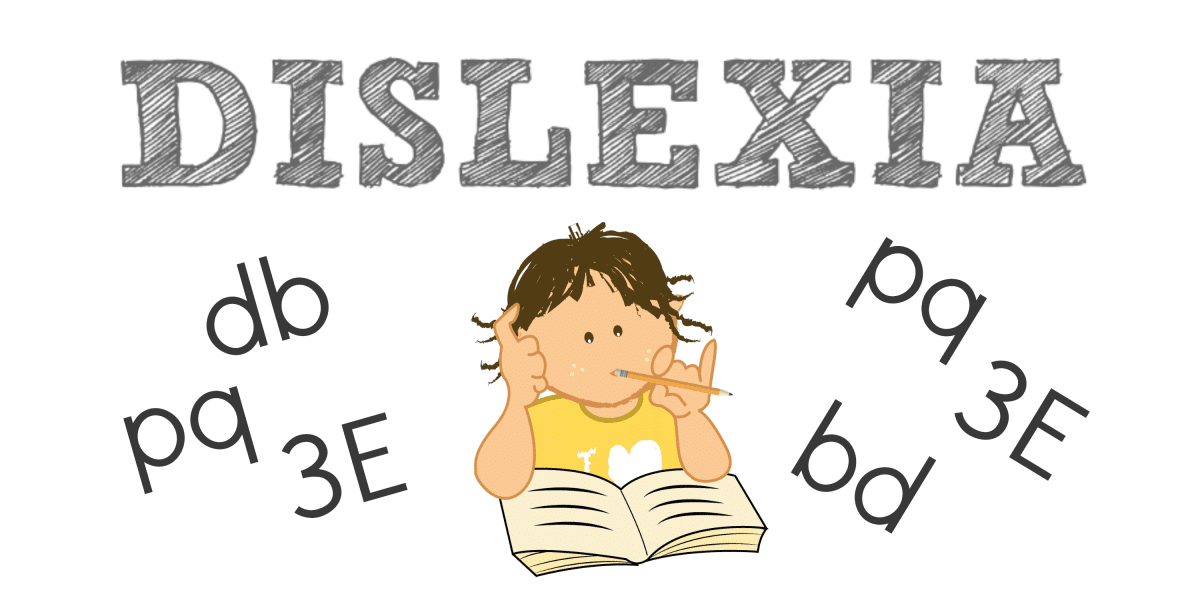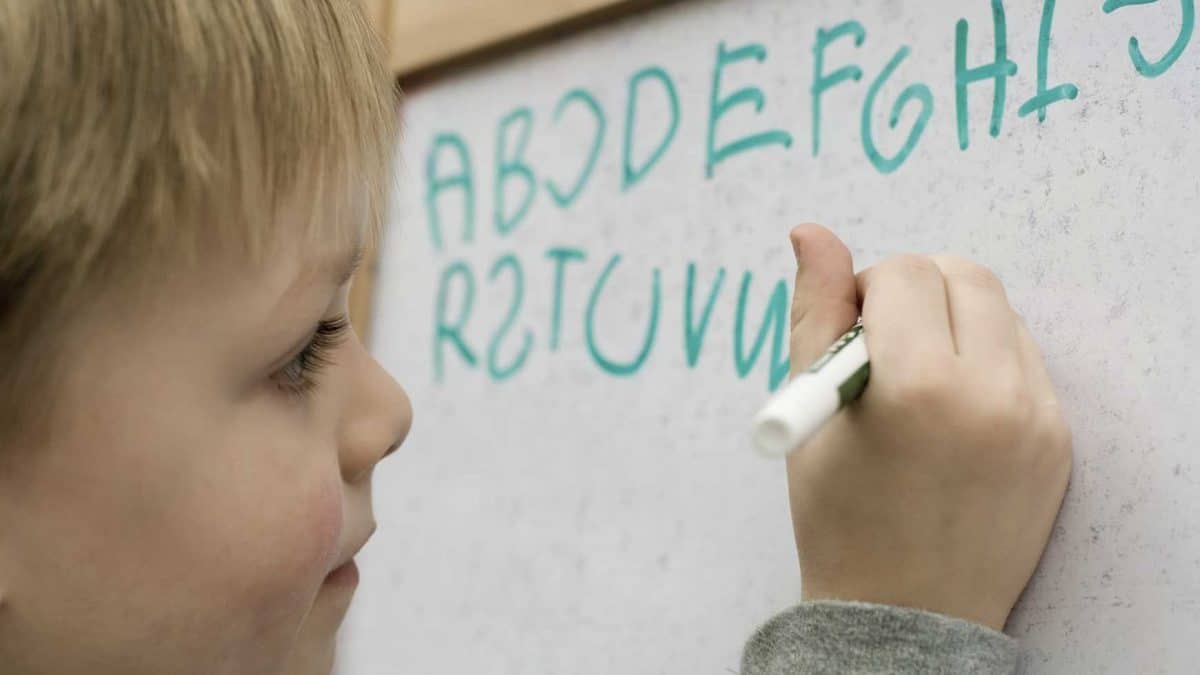
Even though dyslexia is a common learning disorder, a large part of society is unaware of it. Each child with dyslexia has his or her own level. Not all dyslexics are dyslexic to the same degree and in the same way. We want to talk to you about the types, or subtypes of this learning disorder, and how to deal with it depending on whether it is one or the other.
We will start by saying that dyslexia is detected, almost always, during the school stage, and it affects the reading processes, which end up having repercussions and hindering the writing processes. As for the types of dyslexia, we can classify them by their origin, or by the pathways that affect the time of learning.
Types of dyslexia: lexical, phonological, or both

When a boy or girl learns to read, he does so through direct or visual way of reading and the indirect or phonological way. It can affect, therefore, one of these learning pathways, or both. According to this, we would classify it into the following types of dyslexia:
- Dyslexia lexical or superficial or perceptual-visual. The child has difficulty reading irregular words. That is, atypical words, with special writing rules, which are far from the usual model. In the case of Spanish, a typical example is irregular verbs.
- Dyslexia phonological. In this case the main difficulties are reading pseudowords. That is to say, the boy or the girl invents words that do not exist. Or you confuse words that have a similar sound and skip letters when reading. It is also called auditory-linguistic dyslexia, and usually appears in children between 9 and 12 years.
- Deep dyslexia. It is the most serious and is also called mixed dyslexia. The most affected way for learning is the phonological one, it cannot be used, on the other hand, the visual one that is maintained a little is the one that the child uses. The child will have great difficulty reading any word, and his reading comprehension is zero.
Classification according to origin

The second criterion used to classify the types of dyslexia is according to its origin. In this case we speak of developmental dyslexia or acquired dyslexia.
- Evolutionary or development. Has an origin is unknown, but appears to be related to genetic alterations and a maturational delay. It occurs from birth, but it begins to be detected when the child begins to learn to read. It is more common than acquired dyslexia. In opaque languages, that is, those in which the arbitrariness of the grapheme-phoneme correspondence is greater, there are still more cases of children with dyslexia.
- Acquired. It is produced by a brain injury that affects one or more areas of the brain, which are involved in literacy processes. Depending on the age of the child at the time of the injury, his brain plasticity, and the cognitive stimulation he receives will be more or less severe, and more or less temporary.
How to cope with the types of dyslexia

It's interesting differentiate dyslexia from reading delay, or the specific language disorders, or the maturational delays that a child may have. In addition, children with ADHD or any other pathology or disability that may entail must be taken into account difficulties when it comes to acquiring literacy.
In practice, parents and educators are recommended to do not label any disorder dyslexia or difficulty in learning to read. There are specific tests to detect what type a child can have. And it is recommended to go to a specialist and not rely only on profiles or theoretical classifications.
Each dyslexic child presents specific symptoms, which makes it essential to identify which tasks are most affected and tailor the intervention to those specific difficulties. New teaching techniques and methods of instruction in reading have been developed that offer dyslexic children the tools needed to advance normally in their academic life.